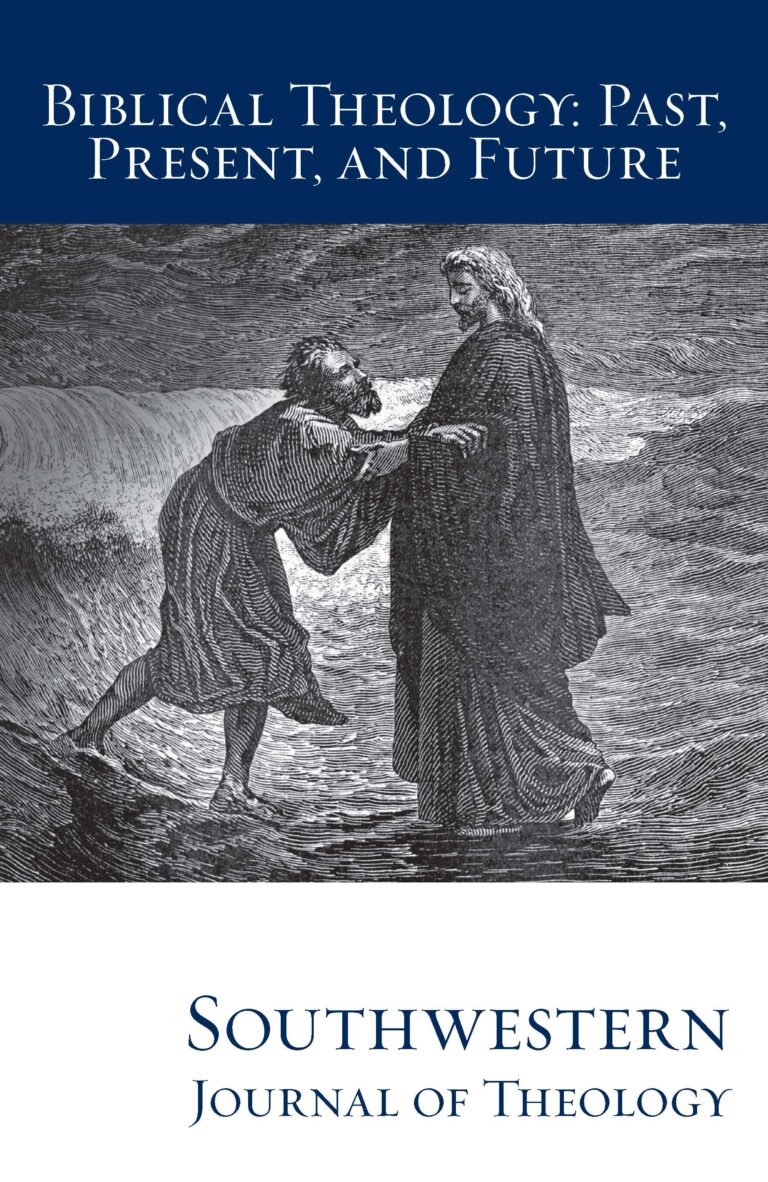
Biblical Theology: Past, Present, and Future (II)
Southwestern Journal of Theology
Volume 56, No. 1 – Fall 2013
Managing Editor: Terry L. Wilder
By Craig L. Blomberg and Jennifer Foutz Markley. Grand Rapids: Baker Academic, 2010. 298 pages. Paperback, $22.99.
Craig Blomberg has written an excellent volume on New Testament exegesis. Jennifer Markley, a former research assistant to Blomberg as well as graduate assistant at Denver Theological Seminary, wrote the first drafts of five of the chapters, but Blomberg gave the final touches on all chapters, so the book has a unified style throughout (ix). Gordon Fee’s New Testament Exegesis inspired this present volume, which Blomberg intended to be more expansive (xii). Blomberg organizes his book around the ten primary steps in the process of exegeting the New Testament, and he devotes a full chapter to each step.
Blomberg aims at a large audience—both specialist and non-specialist, and those who know New Testament Greek and those who do not (xii). He does accomplish this purpose, giving ample explanations. He always translates the Greek; however, English transliterations would have made this handbook even more accessible to readers who do not know Greek (i.e., 154-59, 183-87). There are some helpful tables, such as the textual criticism worksheets and examples (30-35) and the one describing the differences between formal and functional equivalence Bible translation (46). However, a table that plots the major Bible translations on the formal/functional equivalence grid would be helpful. Baker Academic added sidebars throughout the text, and they are very handy for summarizing the major points in each chapter (i.e., 19, 87, 119, 126).
Strengths of the book include, first, ample illustrations for each exegetical lesson. Second, Blomberg devotes an entire chapter on how to interpret the most difficult texts (chap 7). Third, Blomberg gives fair and balanced descriptions, and critiques of various on interpretive options on the difficult texts—often returning to them later in order to illustrate the use of different exegetical tools (e.g., on Heb 6:48: 102, 171-72, 221, 234-35)—or controversial issues, such as the inclusive language debate (50-53). However, this reviewer disagrees with his positive view on using inclusive language (52-53). Fourth, he employs helpful metaphors or illustrations to explain his points—especially at the beginning of his chapters (37, 63, 93). Fifth, the chapter on application is unusual in books on exegesis because it is such a subjective area; however, Blomberg does an excellent job in giving keys to the appropriate application of the text once one has thoroughly accomplished the exegesis— including the important admonition to “leave room for the Holy Spirit” (267).
This is an excellent textbook that will benefit any student or teacher of the Bible, including both those who know Greek and those who do not. For instance, in the necessary chapter on outlining, there is a section for people who know Greek (197-210) and a section for those who do not (210-17). However, here are some suggestions for some improvements in this handbook in addition to the suggestions above. First, expand the description of how electronic Bible software can aid in this process other than the very brief mention of the tools (130; 170n5; 196n1). Second, although the use of footnotes rather than endnotes in this book is a great formatting choice, it is not necessary to give a full citation of the first mention of a book in every chapter (such as the full citation of his Introduction to Biblical Interpretation that continually reappears (i.e., 102, 124, 168, 228, 241). Third, the statement that the New International Commentary on the New Testament is based on the NIV translation is partly wrong (170n6). The author of each volume chose which text he used in his volume. Early volumes tend to use the ASV (e.g., Mark, Acts, Romans, 1 Corinthians by Grosheide), later volumes tend to use the NIV, and R. T. France (Matthew) used his own translation. However, these are minor criticisms; this handbook is excellent.





